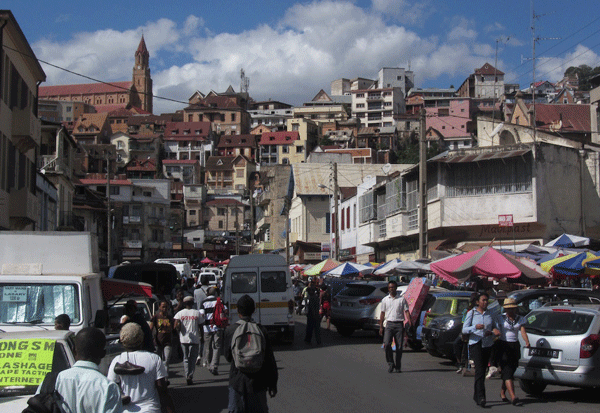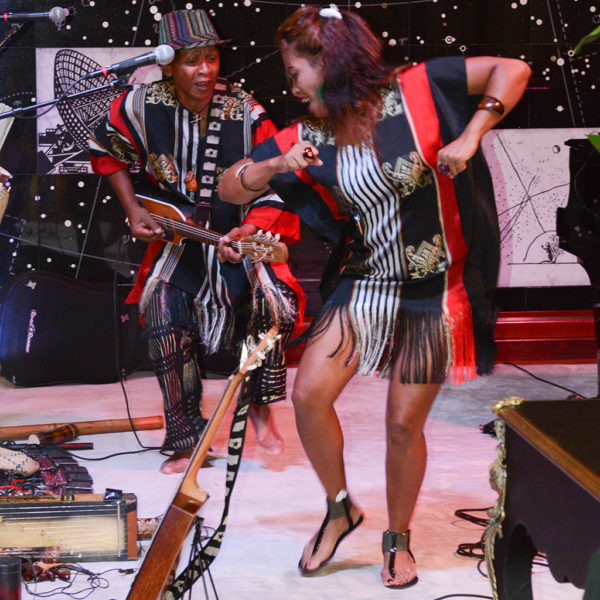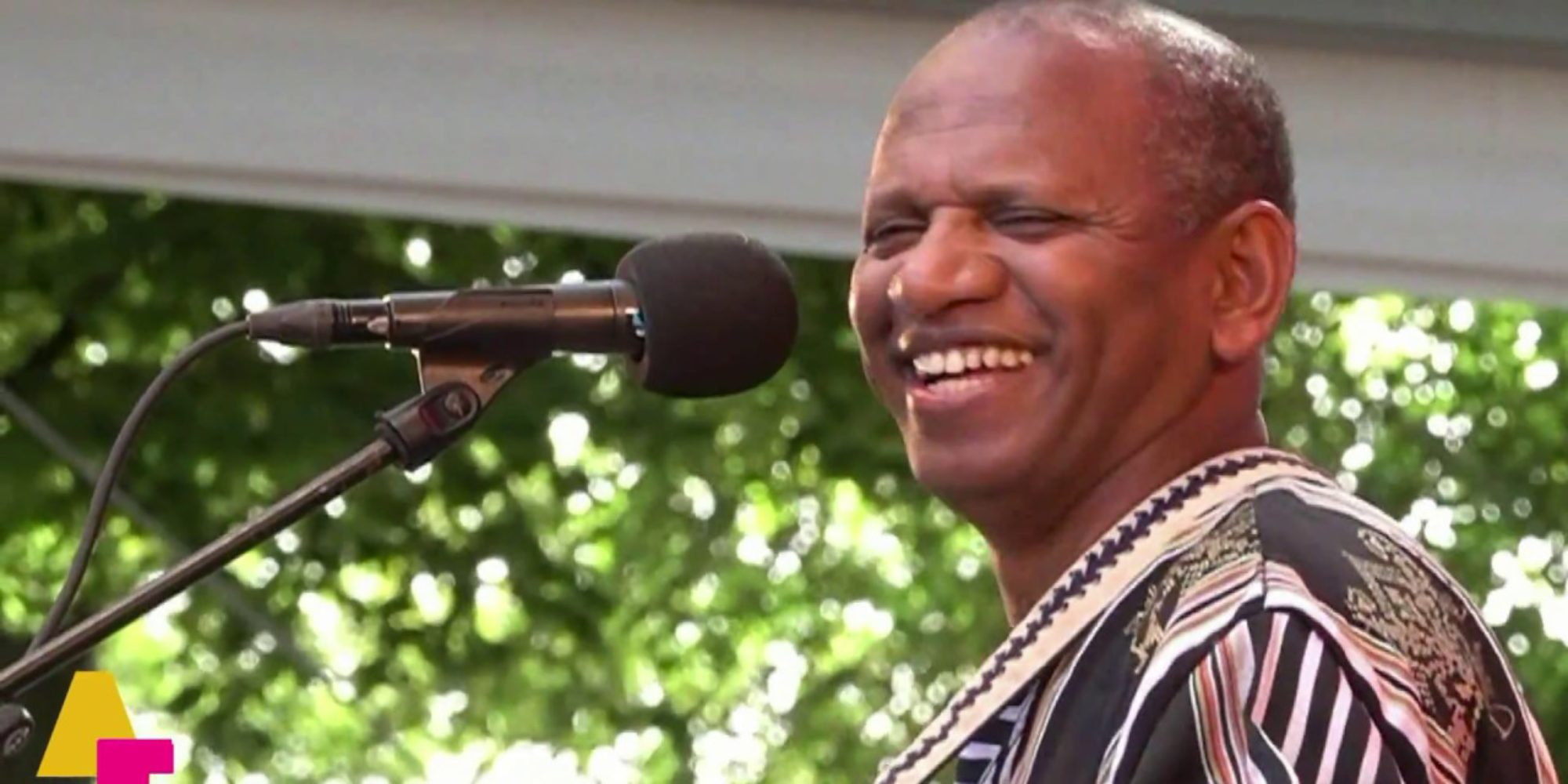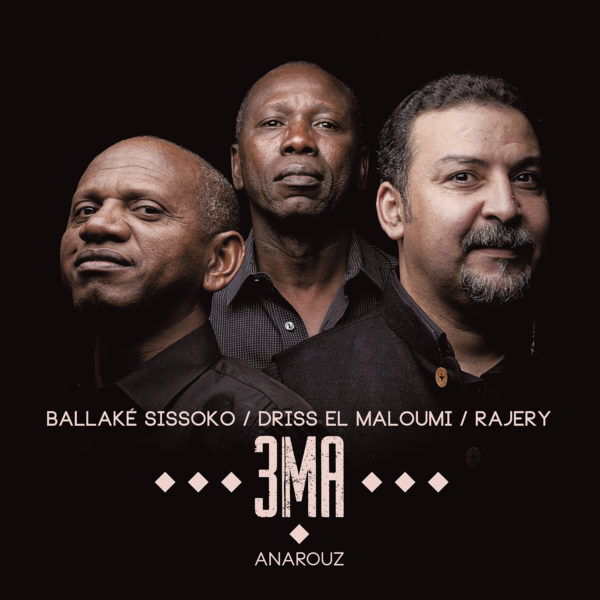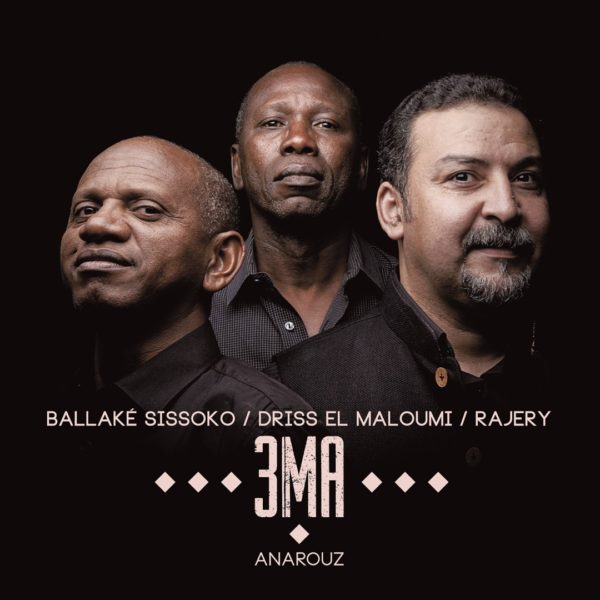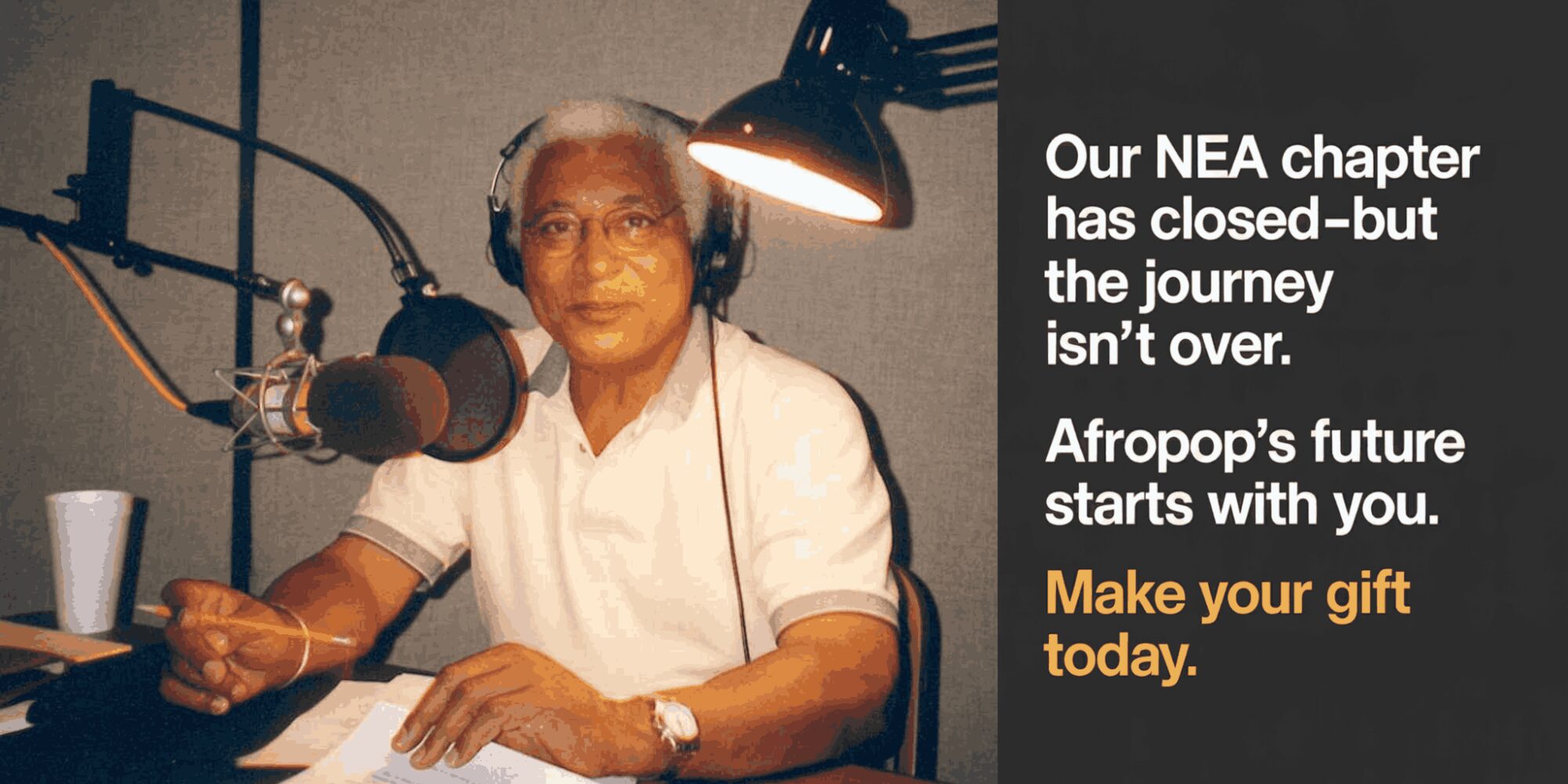Note: the excerpts from the author’s interview with Rajery have been translated from French into English by the author.
Rajery (pronounced Rad-zehr, short for Germain Randrianrisoa), is a Malagasy musician, music therapist, author and orchestra conductor, and is the most prominent ambassador of the island country’s national instrument, the valiha. The valiha, originally from Austronesia, is a tube zither, a string instrument formed from a thick bamboo stalk. Requiring nimble strokes and precise plucking, the valiha is a difficult instrument to play, making Rajery’s mastery of it all the more remarkable. For when he was just eleven months old, after touching a piece of poisoned meat in a marketplace, the fingers on his right hand became infected and gradually fell off. Sixty years and seven studio albums later, plucking with his left hand and strumming with his right, Rajery has cemented his place as one of his country’s most iconic musical exports, his ability only matched by his industry.
Rajery’s music draws from a synthesis of the traditions of the six faritany (regions) of Madagascar. Joining his first band Tsilavena at the age of seventeen, his breakthrough onto the international stage came after two French music journalists on a posting in the Malagasy capital of Antananarivo discovered his music, and invited him to perform in the festival circuit in France. Soon after came the release of his debut solo album, Dorotanety (Label Bleu, Collection Indigo, 1999), which, as Rajery tells me, “had an enormous impact” on the budding international artist.
Thus began a fruitful collaboration with the French outfit Label Bleu’s Indigo collection, which bore two further albums, Fanamby (2001), for which he was awarded the Prix RFI, and Volontany (2004). Already within these initial releases, the full breadth of Rajery’s musical flexibility can be heard, as he glides between meditative chamber compositions, sun-kissed slowjams, and percussion-heavy dancefloor-fillers. Unwavering behind every iteration of his musical expression, his valiha prowess, always at the forefront of the mix. His playing has a lucid deftness to it, through his intricate, mathematical plucking of the strings, and the clear, thin timbre with its percussive effect, making the music alive as it dances in the ears.
On all of his albums, Rajery sings in soft tones, interplaying with the bright twangs of the valiha, a harmonious contrast presented brilliantly in his 2012 release Tantsaha (Mitiki). Rajery, in his native Malagasy, sings mostly about quotidian life, but also ventures into themes such as “the environment, political manoeuvring, corruption, and the lives of farmers.”
Aside from his virtuosity on the valiha, Rajery is also known for his experimentations with musical fusion, the most notable of which is the 3MA project, which he recognises as the “most beautiful gift of [his] professional career.” Signifying Mali, Morocco (Maroc in French), Madagascar, the album unites Rajery with the Moroccan oud player Driss El Maloumi and Malian kora maestro Balllaké Sissoko and has so far produced two albums, 2008’s 3MA (Contre-Jour) and 2017’s Anarouz (Six Degrees). For Rajery, the 3MA project was a way to “redefine African music,” presenting “three countries, three musicians, three ways to view things.” Indeed, the project was a great opportunity for Rajery, whose instrument was less well-known than its mainland African cousins, and allowed him to play “different styles of music with different techniques,” an opportunity for “open-mindedness as professional musicians meet, exchange and share.”
On the 3MA albums, these master musicians duel and dance together, and much like the historical confluence of musical cultures that informs Rajery’s own Malagasy tradition, the sounds of 3MA show, in real time, the fruit of music in dialogue. He stressed to me the inherent fusion in his traditional playing, which he labels the “living music (musique vivante) of Madagascar,” comprised of a mixture of folkloric and popular Malagasy music, its evolution using western instruments, and the opening-up of tradition, while respecting “its colors and rhythmic patterns.” Indeed, Rajery makes it clear that his proclivity for fusion comes primarily from the diversity within the Malagasy tradition itself, saying that he does not recognise the somewhat polemical concept of’ “world music.” Despite this, he clarifies that he has always had a “thirst to get to know other cultures,” especially the world of African, baroque and jazz music, which he says obliged him “to learn more and evolve my playing technique.”
Outside the recording studio, Rajery is active on the touring circuit, having played in venues such as London’s Jazz Café and the Afrika Festival in Hertme, alongside regular performances in his home country. Rajery’s concerts are full of energy, showcasing all of his diverse sounds, and, as Dutch national newspaper De Volkskrant put it, capable of sending the public into a “state of ecstasy.” Watching his live performances, one cannot help but notice the ever-present smile he wears as he sings and plays under the backdrop of hazy festival sunsets. For Rajery, this happiness comes from his desire to share his “joie de vivre with the energy that accompanies it.”
Crowd engagement is also important for Rajery: “I always try,” he says, “to bring my audiences together to experience extraordinary moments and, above all, to showcase my country, its cultural and musical diversity, not to mention my exceptional instrument.” Aside from his busy touring schedule, Rajery is also a composer, conductor, actor, festival organiser, a music therapist, a writer of musicals and the founder of his own valiha school. He has even found the time to build a factory to produce valihas in collaboration with UNESCO and Handicap International.
Furthermore, in his youth, he wrote a book titled The Secret of the Valiha, crafting a notation system for learners of the instrument. Rajery, with the sheer quantity of his musical output and endeavours, is clearly an emblematic figure of Malagasy music, but he made sure to recommend me other iconic Malagasy musicians, particularly highlighting D’Gary, Rossy, Teta, Ngita, Justin Vali and Tao Ravao as artists to listen to for those wanting to explore more.
Despite all of his achievements thus far, Rajery is not slowing down. Following on in the same vein as his prior collaborations with artists from the Hispanic world such as Omar Sosa and Jordi Savall, he is due to release a collaborative album under a new moniker, Rajery & Raúl. This project sees him work with the Flamenco guitar player Raúl Rodríguez Quiñones, combining the musiques vivantes of both Spain and Madagascar. This album will be released at the beginning of 2026, and promises to be one more jewel in the crown of the valiha maestro.
Editor’s Note: Afropop Worldwide first met Rajery during our 2001 listeners’ tour of Madagascar. The two programs we produced that year, including one where Rajery recounts his remarkable childhood story, have not been available for some years, but we are in the process of restoring them to the website. Stay tuned! Meanwhile, when we returned to Madagascar in 2014, Rajery organized a day-long showcase at his studio where we met a fantastic array of traditional artists. Here’s the 2014 program that includes excerpts from those sessions.
Rajery has been a true friend of our program and we are proud to know him.
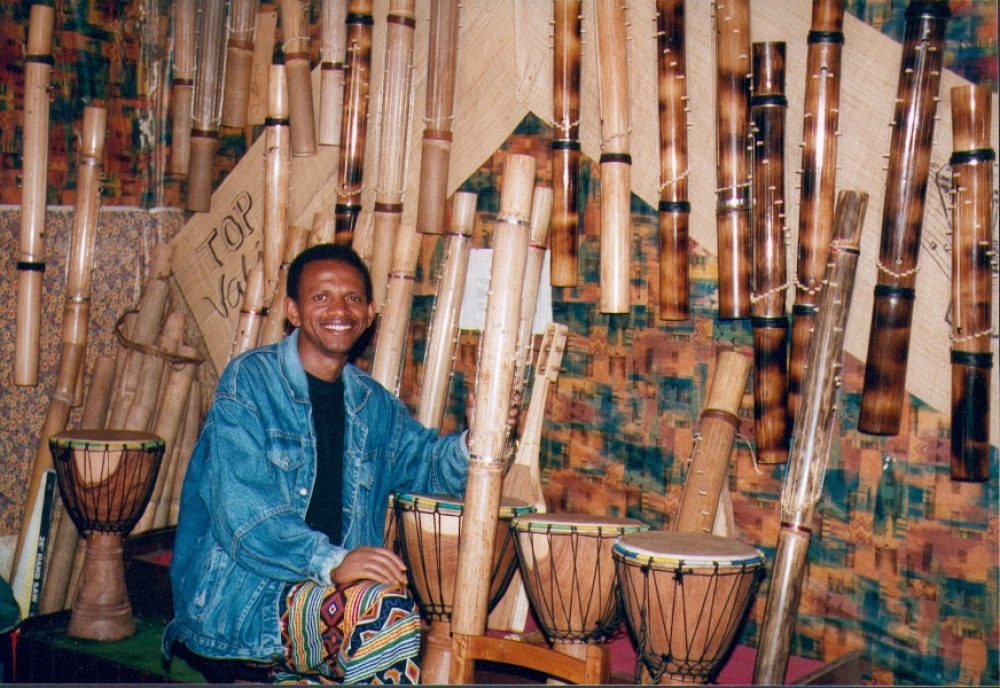
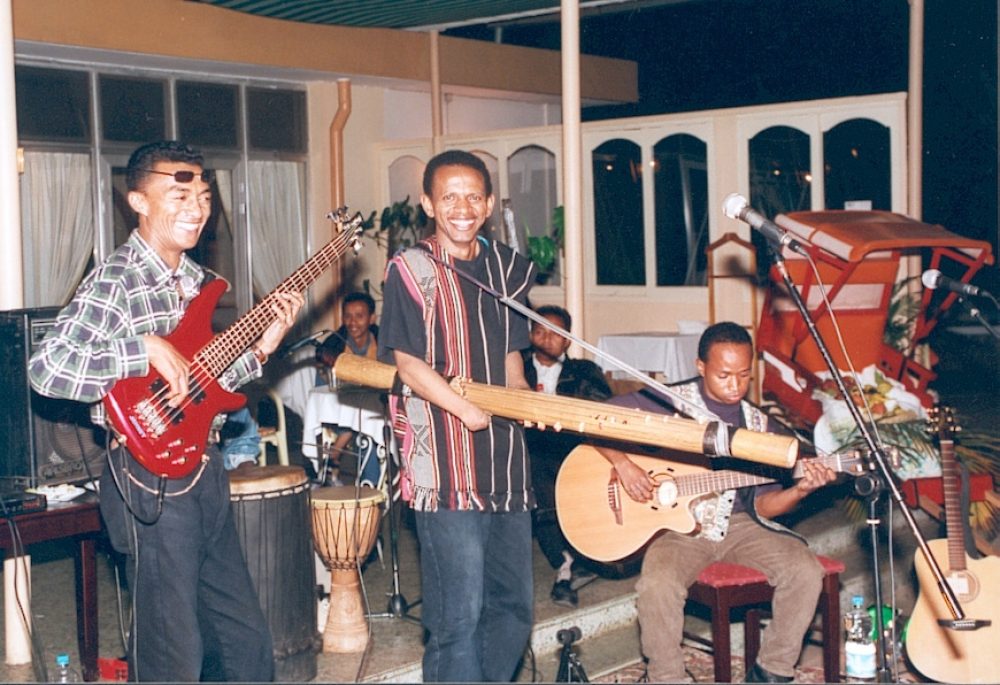
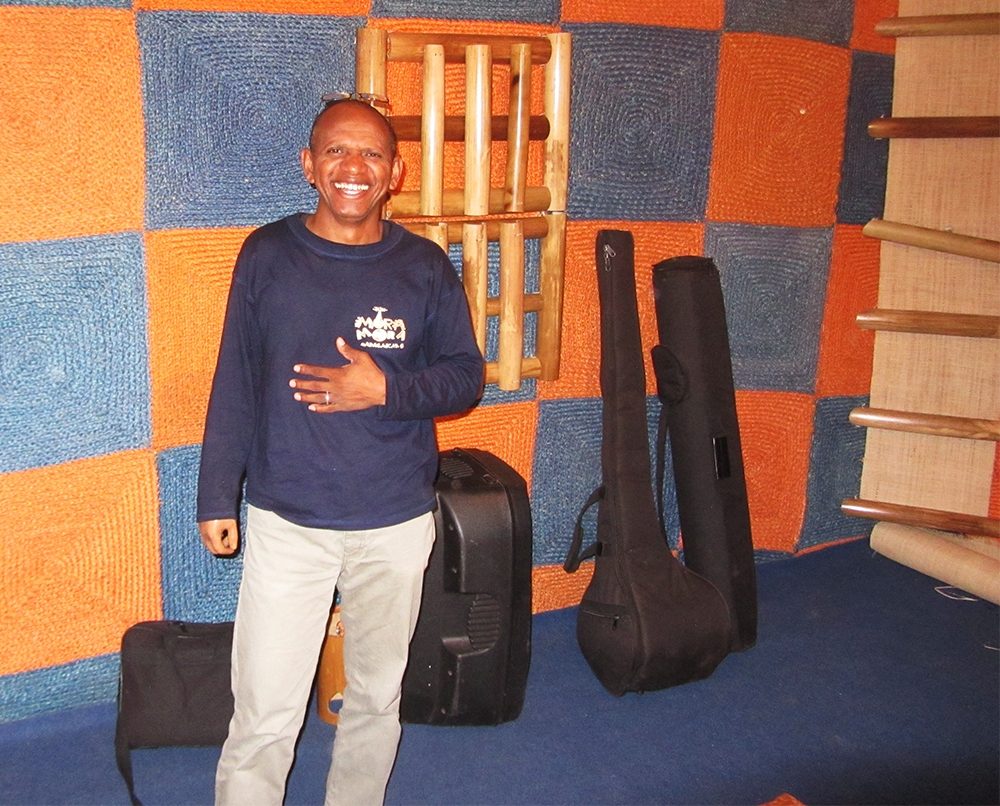
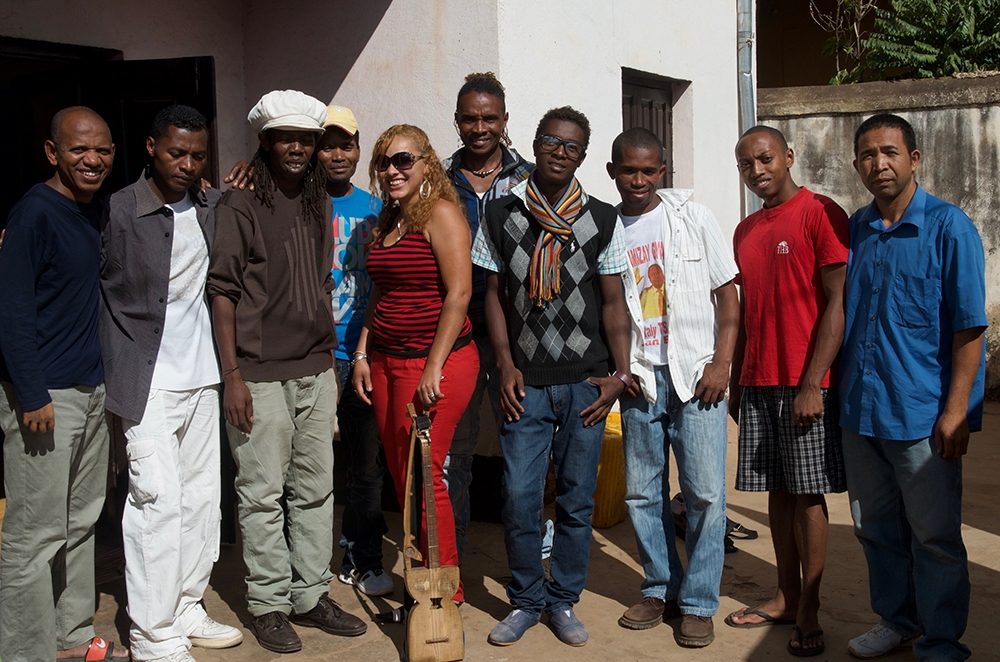
In memory of Johnny Zafimahery, aka Johnny Bass de Madagascar
Related Audio Programs
